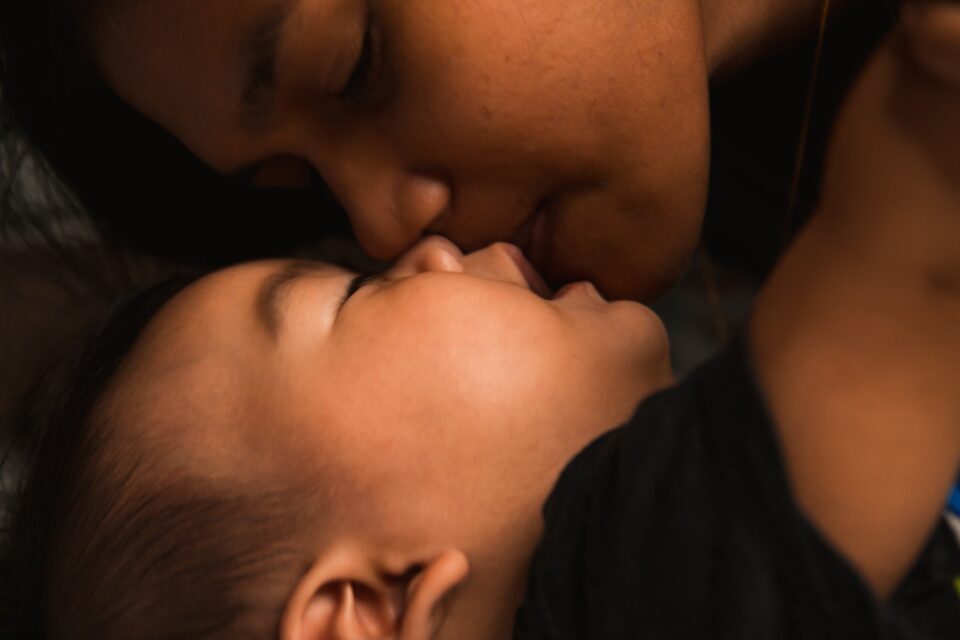Contents
Introduction
In this comprehensive guide, we will provide you with a step-by-step approach to help your baby learn to sleep on their own. Teaching your baby to sleep independently is an important milestone that promotes healthy sleep habits and can lead to more restful nights for both you and your little one. By following these practical tips and strategies, you can gradually transition your baby to sleeping on their own.
Step 1: Create a Soothing Sleep Environment
A comfortable sleep environment sets the stage for independent sleep. Consider the following tips:
- Choose the Right Crib: Select a crib that meets safety standards, has a firm mattress, and provides a secure sleeping space for your baby.
- Establish a Bedtime Routine: Develop a consistent bedtime routine that includes calming activities such as a warm bath, gentle massage, or reading a bedtime story. This routine will help signal to your baby that it’s time to sleep.
- Dark and Quiet Room: Ensure the sleep environment is conducive to sleep by minimizing noise, using blackout curtains or shades to darken the room, and creating a peaceful atmosphere.
Step 2: Gradual Transition from Co-Sleeping
If your baby is accustomed to co-sleeping, transitioning to independent sleep can be done gradually. Follow these steps:
- Side-by-Side Sleeping: Initially, place a bassinet or crib next to your bed. This proximity provides comfort to your baby while still allowing them to have their own space.
- Increasing Distance: As your baby grows more comfortable sleeping next to you, gradually move the crib or bassinet farther away from your bed. This step helps them adjust to sleeping independently.
- Transition to the Baby’s Room: Once your baby is sleeping comfortably in their crib, consider transitioning them to their own room. This change may take time, so be patient and provide reassurance during the process.
Step 3: Encourage Self-Soothing Techniques
Learning self-soothing techniques is crucial for babies to fall asleep and resettle themselves during the night. Here’s how you can encourage self-soothing:
- Place Baby Drowsy but Awake: When putting your baby down to sleep, aim to place them in the crib while they are drowsy but still awake. This allows them to develop self-soothing skills.
- Gentle Touch and Comforting Words: If your baby fusses or cries, offer gentle touch, comforting words, or a pacifier to provide comfort without picking them up immediately.
- Gradual Withdrawal: Over time, gradually reduce your direct intervention during bedtime or nighttime awakenings. Give your baby the opportunity to self-soothe and fall back asleep independently.
Step 4: Consistency and Persistence
Consistency is key when teaching your baby to sleep on their own. Stick to the established bedtime routine, provide a supportive sleep environment, and remain patient throughout the process. Here are additional tips:
- Respond to Needs: While encouraging independent sleep, be responsive to your baby’s needs. Attend to hunger, discomfort, or illness promptly, ensuring they feel secure and supported.
- Stay Calm and Reassuring: If your baby becomes upset during the transition, stay calm and provide reassurance. Let them know you are there for them while encouraging independent sleep.
- Naptime Practice: Apply the same techniques and strategies during daytime naps to reinforce independent sleep skills.

Conclusion
By following these steps and implementing the suggested strategies, you can help your baby develop the skills needed to sleep independently. Remember, every baby is unique, and the process may take time. Be patient, remain consistent, and provide a nurturing environment that promotes healthy sleep habits. With your guidance and support, your baby will gradually learn to sleep on their own, leading to more restful nights for the entire family.

 Subscribe to Get Soothing Lullabies to Help Your Baby to Sleep
Subscribe to Get Soothing Lullabies to Help Your Baby to Sleep